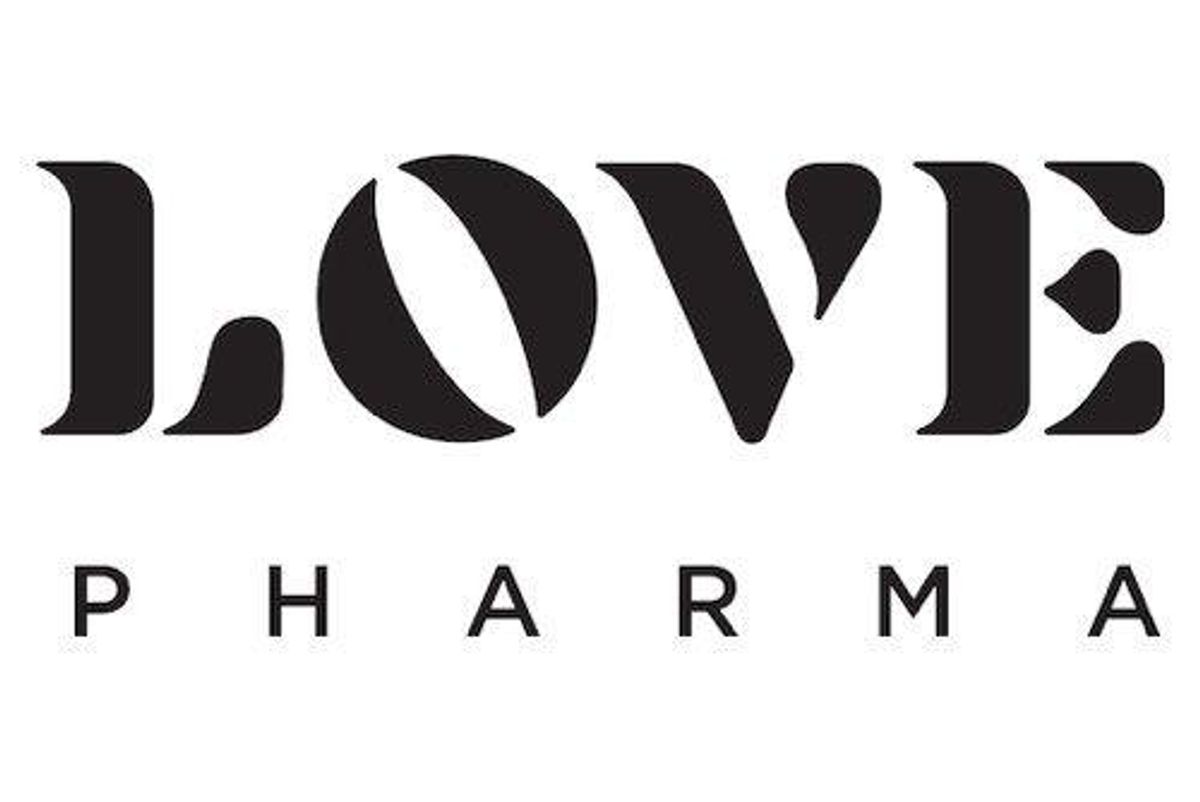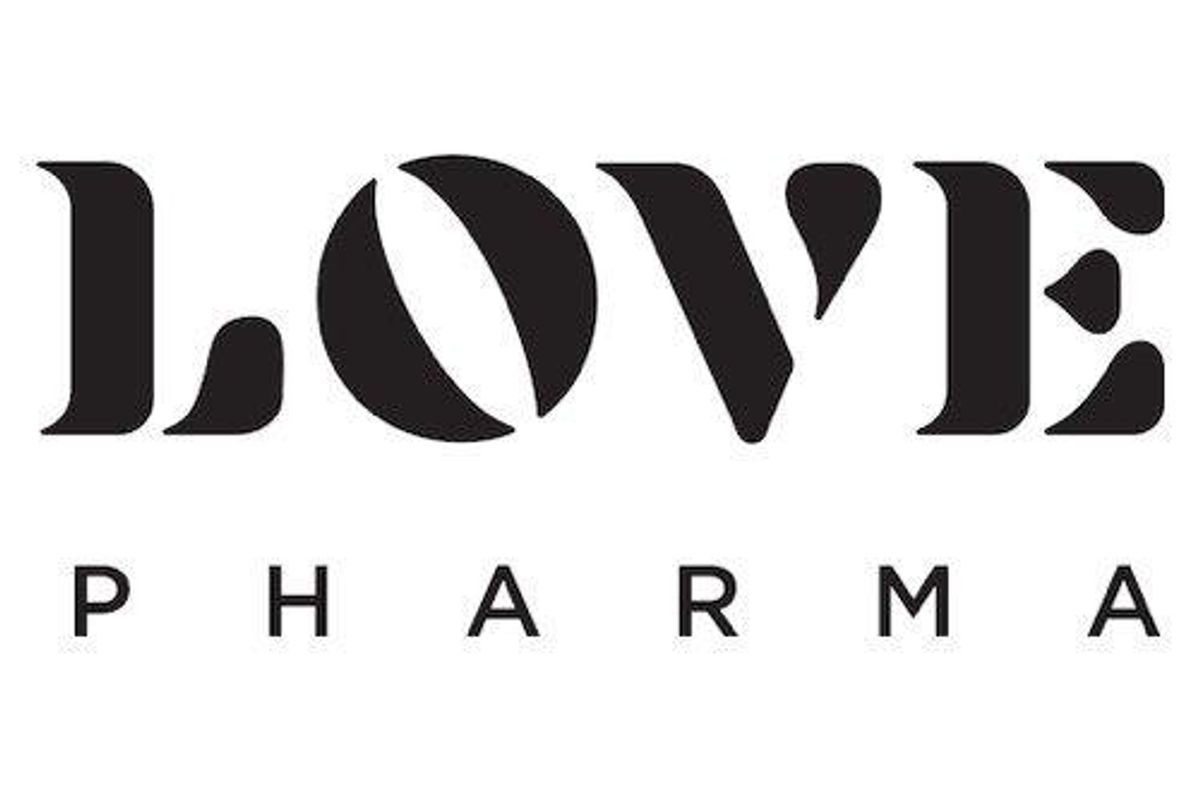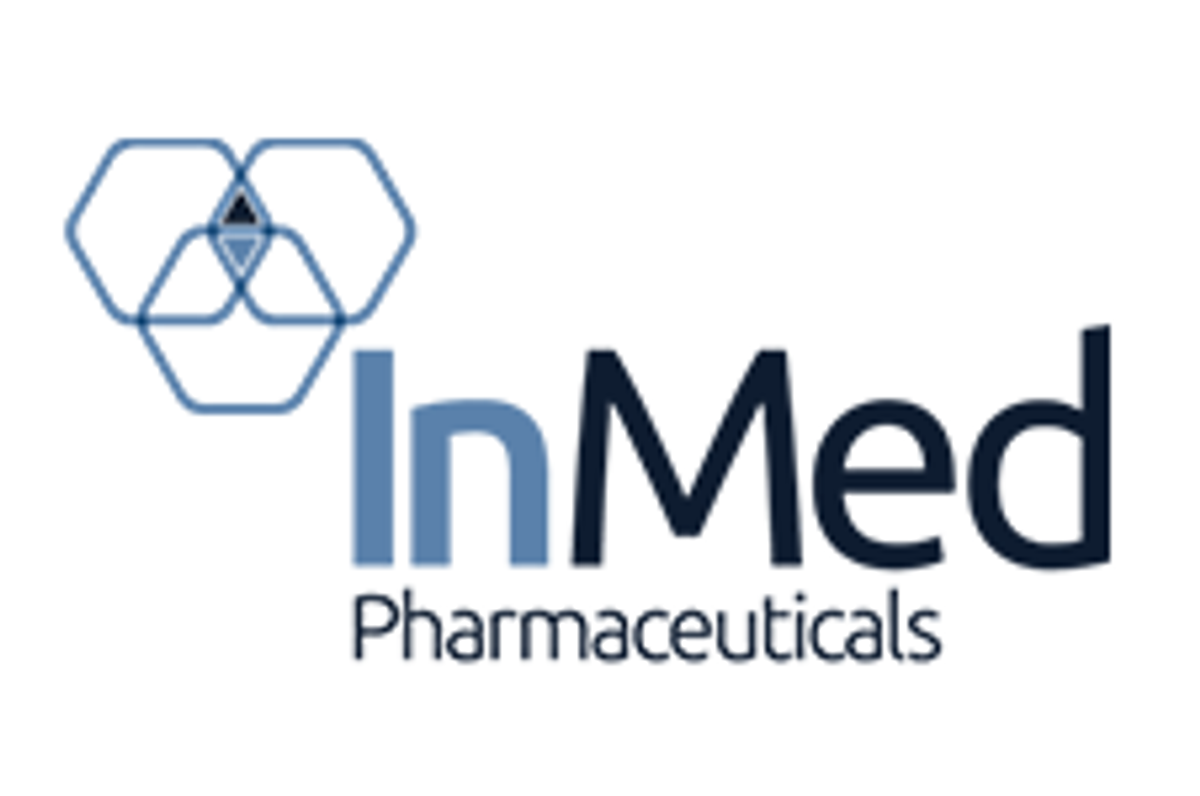
Love Pharma Inc. (CSE:LUV)(FSE:G1Q0) (the "Company") a specialized health and wellness company, is pleased to announce that its common shares were accepted for listing on the Frankfurt Stock Exchange (FSE) under the trading symbol "G1Q0
CEO and Director, Zachary Stadnyk, stated: "We're excited to have quickly obtained our Frankfurt listing very soon after our initial listing in Canada on the CSE. Becoming listed on the Frankfurt Stock Exchange is an important milestone for the Company and one we have been focused on achieving; this will provide investors with immediate access to trading in the Company's common shares."
About the Frankfurt Stock Exchange:
Located in Frankfurt, Germany, the Frankfurt Stock Exchange (FRA) is one of the largest and most efficient trading facilities in the world. It is the largest of the seven stock exchanges in Germany and the twelfth largest stock exchange in the world by market cap.
Please see the Company's profile on the FSE here: https://www.boerse-frankfurt.de/equity/love-pharma-inc
About Love Pharma Inc.
With a focus on the global sexual Health and Wellness markets, Love Pharma Inc. (CSE:LUV) was founded in 2020, with a mission to bring to market innovative products that enhance sexual health and wellness while providing an improved quality of life. Love Pharma holds exclusive licenses to produce market, package, sell, and distribute patent-protected therapeutic and pharmaceutical products throughout Europe, the United Kingdom, and North America.
For further information, please contact:
Investor Relations
Telephone: 1 (604) 343-2977
E-mail: investors@love-pharma.com
www.love-pharma.com
Neither the Canadian Securities Exchange nor its Regulation Services Provider (as that term is defined in the policies of the Canadian Securities Exchange) accepts responsibility for the adequacy or accuracy of this release.
Certain statements contained in this release may constitute "forward-looking statements" or "forward-looking information" (collectively "forward-looking information") as those terms are used in the Private Securities Litigation Reform Act of 1995 and similar Canadian laws. These statements relate to future events or future performance. The use of any of the words "could", "intend", "expect", "believe", "will", "projected", "estimated", "anticipates" and similar expressions and statements relating to matters that are not historical facts are intended to identify forward-looking information and are based on the Company's current belief or assumptions as to the outcome and timing of such future events. Actual future results may differ materially. In particular, this release contains forward-looking information relating to the business of the Company, financing and certain corporate changes. The forward-looking information contained in this release is made as of the date hereof and the Company is not obligated to update or revise any forward-looking information, whether as a result of new information, future events or otherwise, except as required by applicable securities laws. Because of the risks, uncertainties and assumptions contained herein, investors should not place undue reliance on forward-looking information. The foregoing statements expressly qualify any forward-looking information contained herein.
SOURCE: Love Pharma Inc.
View source version on accesswire.com:
https://www.accesswire.com/667842/Love-Pharma-Inc-Announces-Listing-on-Frankfurt-Stock-Exchange






